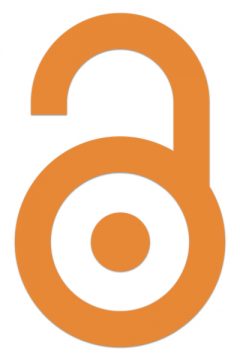A core component of the Digital Pedagogy Project is researching and supporting the development of multimedia educational material for a post-secondary classroom. Examples of these educational resources incorporate elements of: digital platforms; audio/visual media (including podcasts, videos, photo editing); online interactive and collaborative websites; presentation software; quiz and polling options; and publicly accessible databases. Based on one or more forms of communication, multimedia resources are designed to appeal to students and bolster interactivity in the classroom.
In the Digital Pedagogy Project, our project participants are engaging with a broad spectrum of different forms of multimedia. Spanning from contributions to databases of native tree species to developing modules that help students articulate transferable skills, the various pilots being run use multimedia in intuitive and meaningful ways for students. With the end goal of developing open access educational materials for students, the multimedia focus in the Digital Pedagogy Project intends to make these open access (OA) modules accessible and purposeful.
Many of the instructors involved in the project are designing these multimedia and open access materials to address the increasing need for flexibility with digital technology in the classroom and that multimedia materials tend to have positive effects for students. In an increasingly digital world, the Digital Pedagogy Project seeks to not just use multimedia tools to appease these techno-demands, but to make multimedia meaningful and open-access–benefiting instructors and students alike.